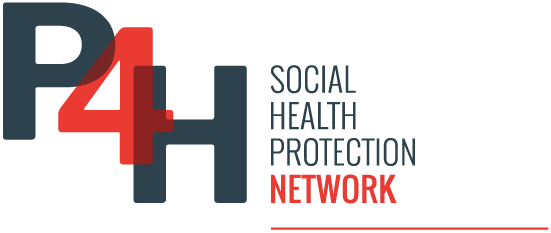Slovakia is a landlocked country located in Central Europe and borders Austria, the Czech Republic, Hungary, Poland and Ukraine. It is a member of the European Union. The population of Slovakia was 5.4 million people in 2023 and life expectancy was 77 years in 2022.
The following extract from Slovakia: Country Health Profile 2023, published by the European Observatory on Health Systems and Policies and the Organisation for Economic Co-operation and Development, summarizes Slovakia’s health system:
Slovakia provides compulsory health insurance to almost all its population
Slovakia operates a compulsory social health insurance (SHI) system, with three competing health insurance companies (one public and two private) that negotiate contracts with healthcare providers regarding the quality, prices and volumes of healthcare. In 2023, the public insurance company covers 55.5% of the population, and the Ministry of Health is its sole shareholder.
The compulsory SHI system provides nearly universal population coverage [close to 100%]. All permanent residents in Slovakia are entitled to SHI coverage, except those with valid health insurance coverage in another EU country. Apart from the economically inactive population, whose insurance contributions are paid directly by the state, all other residents are obliged to make monthly advance payments.
The Health Care Surveillance Authority acts as an independent monitoring body for healthcare provision, insurance and purchasing. The Ministry of Health, as a central administrative body, assumes critical regulatory functions by defining the benefits package, managing national health registries and setting minimum quality criteria. In addition, it owns various healthcare facilities, including university hospitals and specialized healthcare centres.
Health spending in Slovakia is relatively low, but 80% of it is publicly funded
In 2021, Slovakia spent EUR 1 743 per capita on health – less than half the EU average of EUR 4 028. Health spending as a share of GDP accounted for 7.8% in 2021, which was far below the EU average of 11%.
Almost 80% of health expenditure in 2021 was funded by public budgets (government and compulsory schemes), which is just below the EU average of 81%. Out-of-pocket (OOP) payments consist mainly of copayments for outpatient drugs, some user fees and direct payments for services not covered by SHI, and represented 19.4% of health spending in 2021. Voluntary health insurance (VHI) plays a negligible role, accounting for less than 1% of total health spending in 2021.
Spending on pharmaceuticals absorbs a high share of total health spending
In 2021, Slovakia allocated almost equal proportions of health expenditure to outpatient care (32%), pharmaceuticals (29%) and inpatient care (28%). Smaller shares went to administration, prevention and long-term care. The high share of spending on pharmaceuticals – well above the EU average of 19% – is due to the low overall level of health spending in Slovakia. At the same time, pharmaceutical prices are aligned with selected EU countries, which is not the case for labour costs that affect other categories of spending. Since 2022, pharmaceutical spending has increased further as a result of new legislation targeting better access to innovative drugs. … Slovakia provides a broad and comprehensive benefits package, including payments for some dental care. The share of expenditure covered by SHI is close to or above the EU average for most healthcare goods and services.

